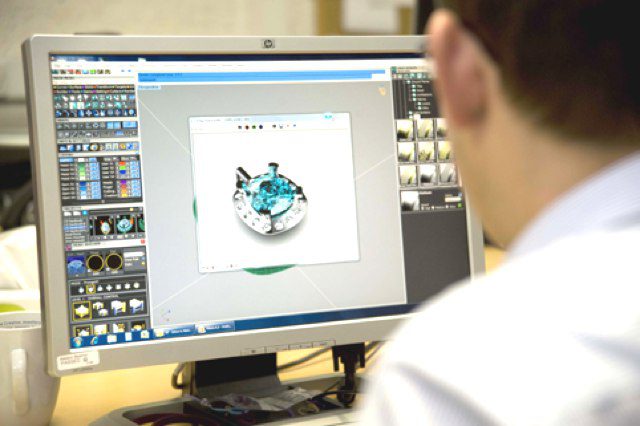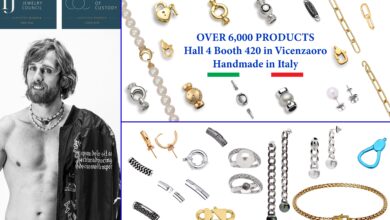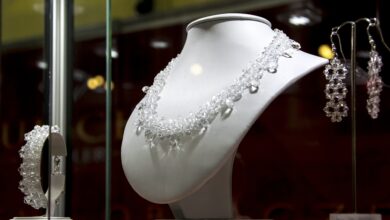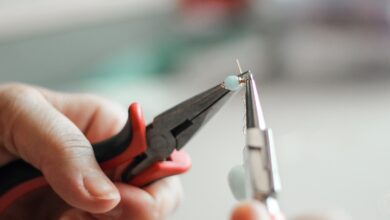Here’s what CAD/CAM has already done to the jewellery industry
several questions were asked about whether people think CAD will change the jewellery industry, and what it will do to jewellers’ jobs. JACK MEYER from Holts Academy offers some reflections.

Given how fast 3D printing and jewellery CAD technology have been changing since these questions were first asked at an IJL talk in 2006, I think every UK business should be aware of how far jewellery CAD/CAM has grown since that time.







